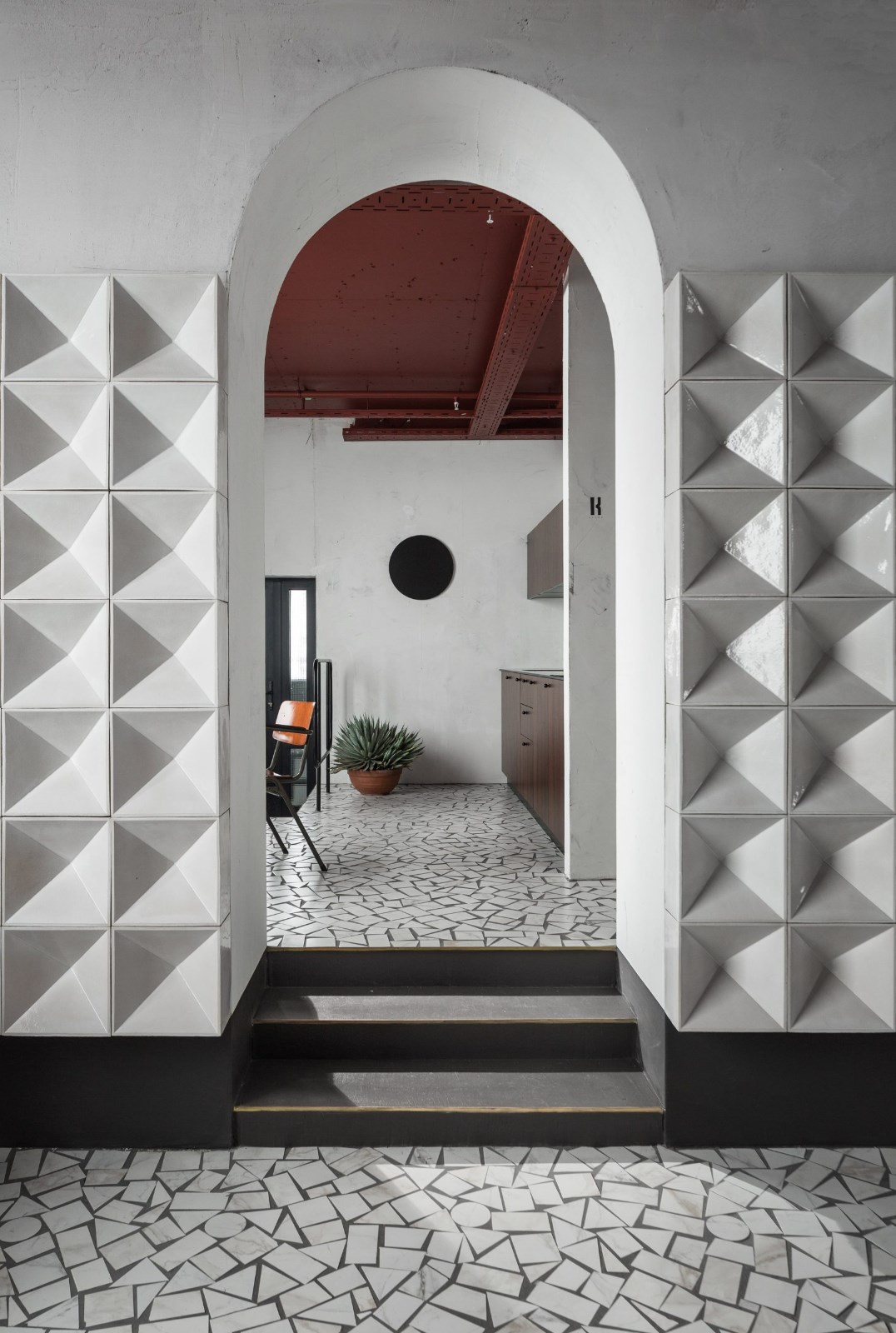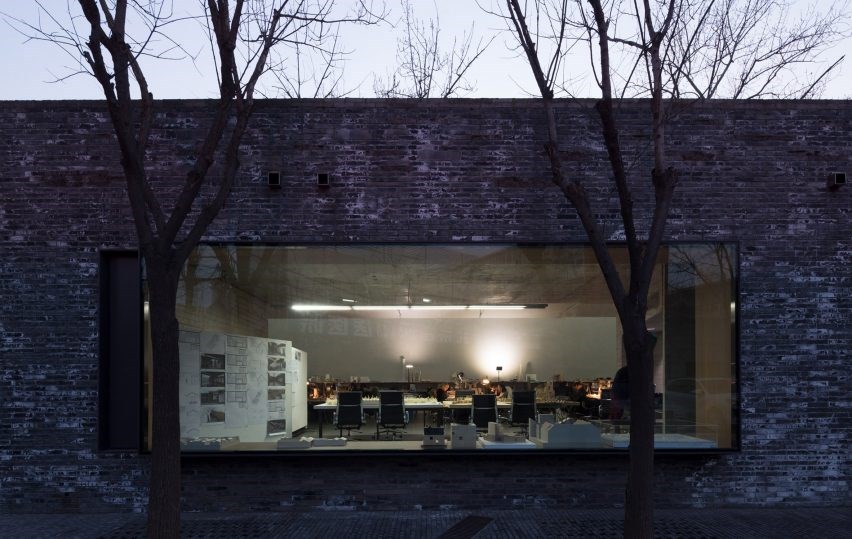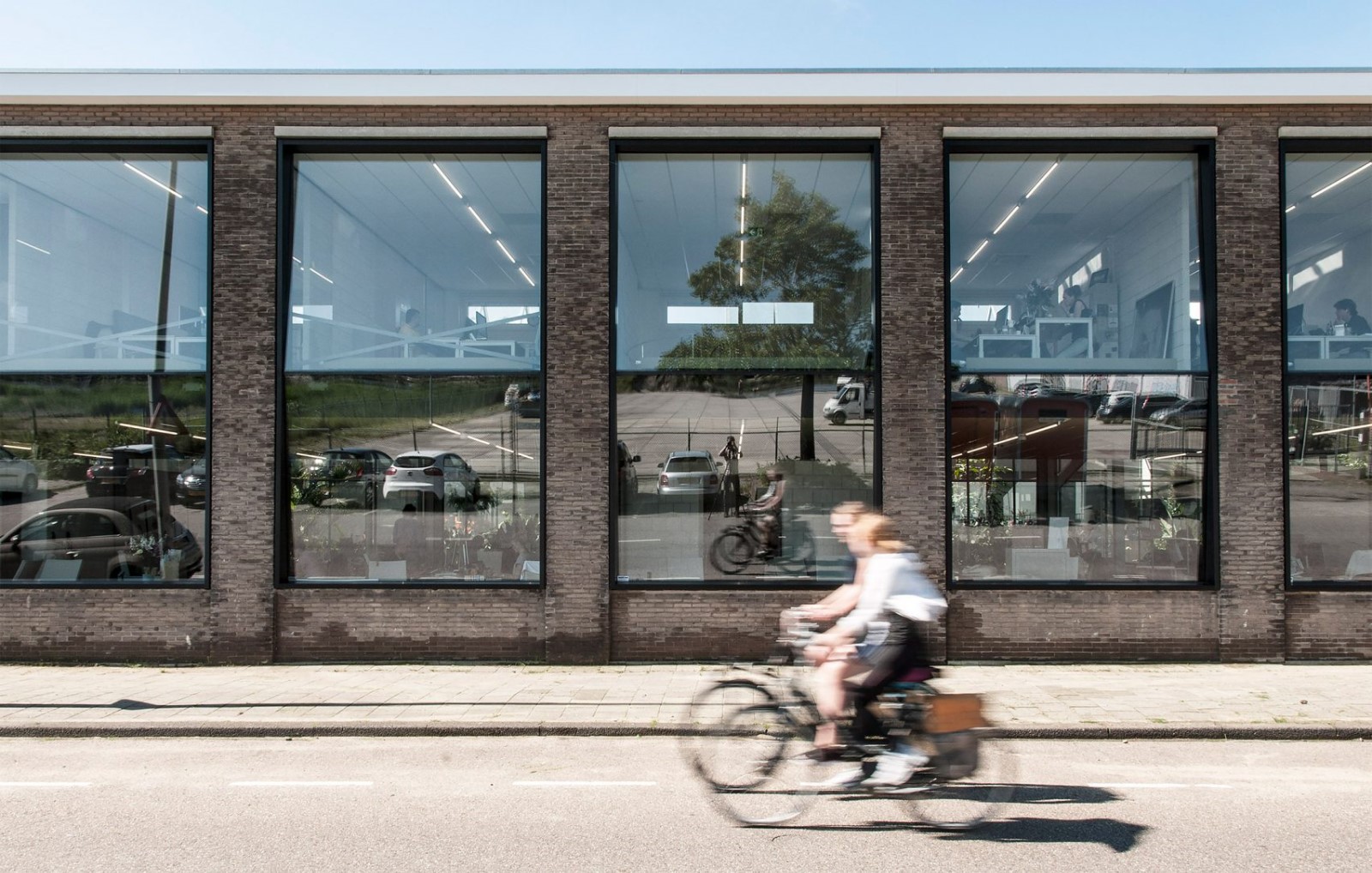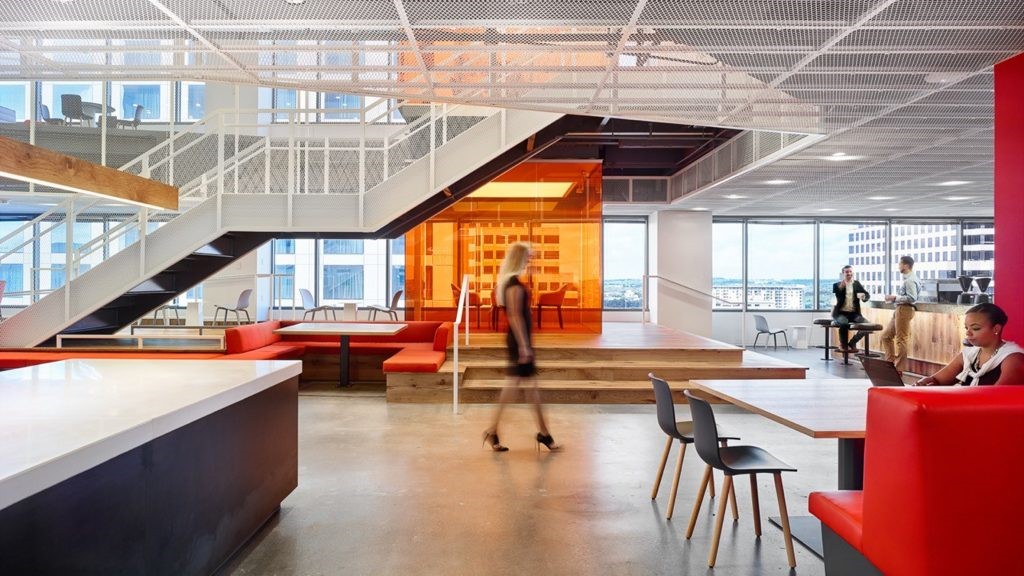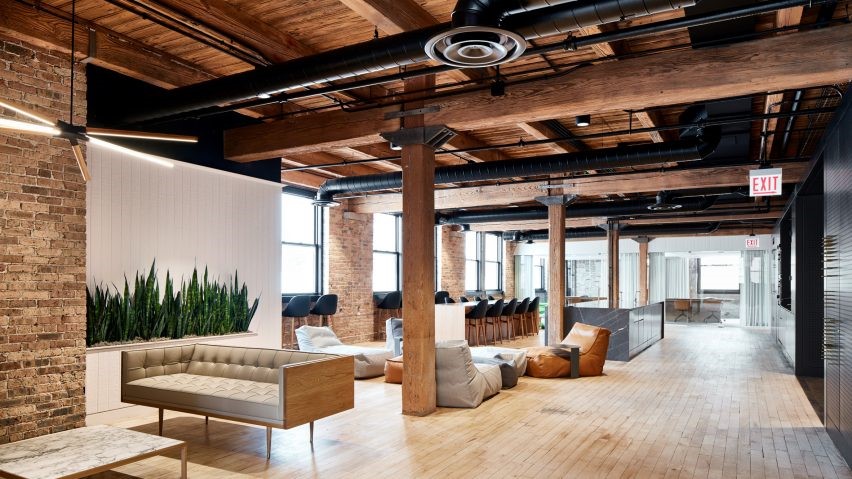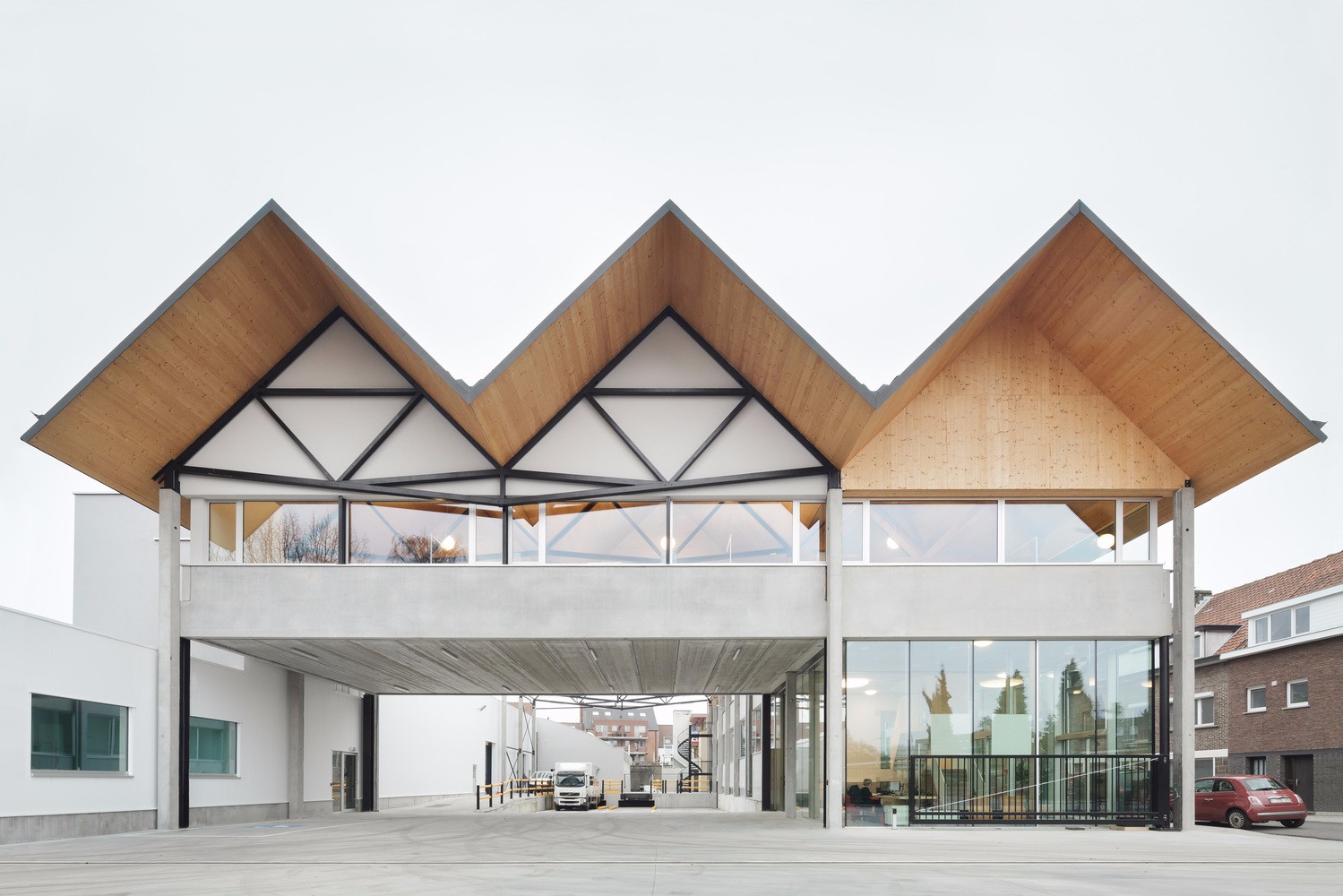Easton City Hall Spillman Farmer Architects
2016-12-02 17:00
© Halkin Mason Photography
Halkin Mason摄影


架构师提供的文本描述。早在1752年这座城市成立的几十年前,这个地区后来被称为伊斯顿,宾夕法尼亚州最初被勒内普美洲土著部落称为“福克斯之地”。这个昵称是指城市在特拉华河和莱赫河交汇处的位置。这些河流在历史上具有重要意义,使伊斯顿在革命战争期间成为一个重要的军事基地,是最早公开阅读“独立宣言”的三个城市之一,也是19世纪钢铁和煤炭工业的重要交通枢纽之一。
Text description provided by the architects. Decades before the city’s founding in 1752, the region later known as Easton, Pennsylvania was originally known as “The Place at the Forks” by the Lenape Native American tribe. This nickname refers to the position of the city at the confluence of the Delaware and Lehigh rivers. These rivers proved significant throughout history, allowing Easton to become a prominent military base during the Revolutionary War, one of the first three cities to hold a public reading of the Declaration of Independence, and a significant transportation hub for the steel and coal industries during the 19th century.
© Halkin Mason Photography
Halkin Mason摄影


今天,特拉华和莱高河是在新伊斯顿市政厅和交通中心的所在地----对城市历史的点头,以及政府和运输在该地区复兴的信号。这座大楼是伊斯顿的公共网关,是城市未来的一个受欢迎的象征。
Today, the Delaware and Lehigh rivers are united at the site of the new Easton City Hall and Transportation Center – a nod to the city’s history and a signal of the resurgence of government and transportation in the region. The building serves as Easton’s public gateway and is a welcoming symbol for the city’s future.
© Halkin Mason Photography
Halkin Mason摄影


这座建筑群由两座配套建筑组成:一座三层,45,000平方英尺的混合城市建筑和一层三层的停车甲板。主要建筑位于伊斯顿的地方政府的上部两层;零售租户和一个地区交通枢纽占据了基地。建筑群内的混合编程使这座市政大楼的生活超过了正常的上午9点。-下午5点办公时间。
The complex is made up of two companion structures: a three-story, 45,000-square-foot hybrid civic building and a three-level parking deck. The main building houses Easton’s local government on its upper two floors; retail tenants and a regional transportation hub occupy its base. The mixed programming within the complex gives this civic building a life beyond its normal 9 a.m. – 5 p.m. office hours.
1st Floor Plan
第1层平面图


© Halkin Mason Photography
Halkin Mason摄影




开放式平面图的组织以体现伊斯顿地方政府精神的规划原则为指导:欢迎、合作、开放、透明和创新。市政厅回顾了城市作为交通枢纽的历史性开端,展示了通过多式联运中心的人员流动、通过零售租户的货物流动以及通过政府办公室和公共空间的思想流动。
The open floor plan’s organization is guided by planning principles that embody the spirit of Easton’s local government: welcoming, collaborative, open, transparent, and innovative. City Hall recalls the City’s historic beginnings as a transportation hub by showcasing the movement of people through the intermodal center, the movement of goods through the retail tenants, and the movement of ideas through the government offices and public spaces.
© Halkin Mason Photography
Halkin Mason摄影


© Halkin Mason Photography
Halkin Mason摄影


© Halkin Mason Photography
Halkin Mason摄影


聚集的建筑在平面、剖面和材质上进行调整,以补充伊斯顿历史街区的步行街规模。一个玻璃入口和一个外墙象征着伊斯顿致力于政府的透明度,允许过路人看到内部的活动,同时为居住者提供城市市中心的景观。入口上方有一块瓦形玻璃天篷,象征着伊斯顿的三条支流:特拉华河、利赫特河和布什基尔河。当下雨的时候,这个天篷变成了一个流水的舞台,它将随后的景色向上覆盖到一个雕塑的钢制栏杆和三层楼的大厅,唤起伊斯顿当地的支流。
The building massing modulates in plan, section, and material texture to complement the pedestrian scale of Easton’s historic district. A glass entry and façade symbolize Easton’s commitment to transparency in government, allowing passers-by to see activity happening within, while providing views of the city’s downtown for building occupants. A shingled glass canopy above the entry symbolizes the three tributaries of Easton: the Delaware, Lehigh, and Bushkill. When it rains, this canopy becomes a stage for running water which overlays the subsequent view upwards to a sculptural steel railing and three story lobby, evoking Easton’s local tributaries.
© Halkin Mason Photography
Halkin Mason摄影


这个公共大厅将建筑物的简单而线性的组织结构一分为二;在这里,触觉体验在它的顶点被感受到。建筑物的公共空间的主要材料,包括大厅和市议会会议厅,是宾夕法尼亚樱桃。这种木材的图案类似于莱纳普部落长屋的抽象物,历史上是用瓦状树皮覆盖的。建筑物的结构部分是微妙的,并回忆起交通的历史-复杂而足智多谋的结构元素穿越景观和水道,像沉积在河床上的沉积物一样层次分明。
This public lobby bisects the building’s simple, linear organization; it is here where the tactile experience is felt at its apex. The primary material of the building’s public spaces, including the lobbies and City Council chambers, is Pennsylvania Cherry. The wood is patterned to resemble an abstraction of the Lenape tribe’s longhouse, historically clad in shingled bark. The building’s structural parts are subtly evident and recall the history of transportation–intricate and resourceful structural elements that traversed the landscape and waterways, layered like sediment settled at the bed of a river.
© Halkin Mason Photography
Halkin Mason摄影


© Halkin Mason Photography
Halkin Mason摄影


产品描述。该建筑的设计经济,战略性地利用公共空间的资源,而政府空间是灵活和适度的。本地预制混凝土面板系统由Slaw预制提供结构和信封,并使用板式图案技术,以创造一种纹理让人想起早期殖民砌体缝。包括伊斯顿市在内的北安普敦县是美国波特兰水泥的发源地,这一因素不仅推动了该地区过去的成功,而且也成为一种高科技建筑材料,带来了令人难以置信的收获。
Product Description. The building’s design is economical, strategically using resources on public spaces, while government space is flexible and modest. Locally fabricated precast concrete panel systems from Slaw Precast provide both structure and envelope and use board-form patterning techniques to create a texture reminiscent of early colonial masonry joints. Northampton County, which encompasses the city of Easton, is the birthplace of American Portland Cement, an element that has not only propelled the region’s past successes, but has also become a high-tech building material that delivers incredible gains.
© Halkin Mason Photography
Halkin Mason摄影
























































Architects Spillman Farmer Architects
Location Easton, PA, United States
Category Town & City Hall
Area 45000.0 ft2
Project Year 2015
Photographs Halkin Mason Photography
Manufacturers Loading...

















.jpg)
